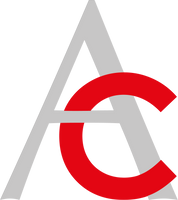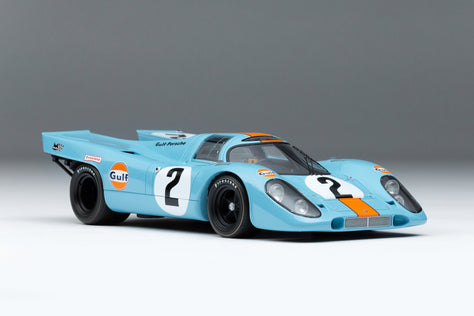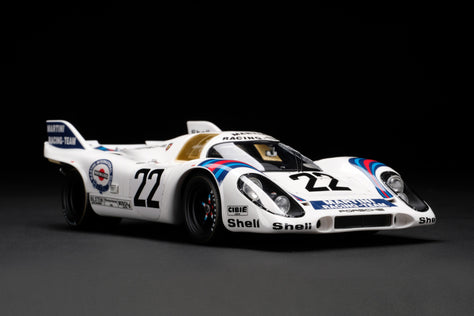Technical Details
- Description
- Scale guide
- Limited edition of just 100 models
- Based on chassis 911.360.0328 as raced to victory by Hurley Haywood and Peter Gregg in the 24 Hours of Daytona at the Daytona International Speedway on February 3rd and 4th 1973
- Model accompanied by an archive quality print of the car in the pit lane as the replacement windscreen was fitted
- Weathering details precisely applied by artisans in Bristol using archival imagery
- 1:18 scale model, over 22 cms/9 inches long
- Each model hand-built and assembled by a small team of craftsmen
- Made using the finest quality materials
- Over 800 hours to develop the model
- Precisely engineered parts: castings, photo-etchings and CNC machined metal components
- Built using original CAD designs developed from a scan of an original car
- Original archive drawings and material specifications supplied by the Porsche Museum
We are delighted to reveal the next in a series of race weathered models at 1:18 scale: the Porsche 911 RSR. This meticulously patinated model of the 911 RSR is limited to just 100 pieces, each hand-painted and detailed by our artisans in Bristol replicating precisely the damage caused by a bird strike that forced a change of windscreen towards the end of the race, as well as the race dirt that adorned the car at the end of the 1973 24 Hours of Daytona. The artistry applied to these 100 models exemplifies our commitment to creating beautiful hand-made pieces which fully capture both the spirit and precise appearance of iconic race cars.
The base model was developed in collaboration with Porsche using data from a digital scan of the real car. The prototype model was then thoroughly scrutinised by Porsche Classic to ensure complete accuracy of representation. The weathering details are precisely applied by our artisans using archival imagery to ensure the completed model is a perfect replica of the real car as it finished the race in 1973. Each model is accompanied by an archive quality Giclée print of the car in the pit lane as the replacement windscreen was fitted, with Hurley Haywood still at the wheel, selected by Amalgam from the Motorsport Images collection.
While the 911 2.4S had great success in the newly launched European GT Championship of 1972, in the face of increasingly strong competition from Ferrari and DeTomaso, Porsche made the decision to develop a new car for the following year to maintain its dominance in long-distance GT racing. The goal was to race in 2,500-3,000cc Group 4 GT class, necessitating the German marque to develop a new engine with more power to compete. 500 identical 911 specials were required for Group 4 homologation so, to meet this, Porsche produced the 2.7 litre Carrera RS.
With wide wheel arches, a unique ducktail spoiler, and a highly tuned flat-six engine, the Carrera 2.7 RS was absolutely brilliant to drive. At the time, the 2.7 litre power unit was the largest engine available on a Porsche and was good for 210 bhp at 6300 rpm. But, whilst the 2.7 RS was a great road car, Porsche wanted to go racing, so they used it as a platform to develop an all-out racing model, the 2.8 litre RSR (Renn Sport Rennen). These were not simply converted street cars, they were developed strictly for competition use, and were designed and built from the ground up for serious racing use, incorporating every conceivable improvement allowed by the FIA rule book.
Of the 1,580 RS cars built, 55 became the RSR 2.8 race cars, their body shells taken from the production line even before the engines and transmissions had been fitted and moved them to Porsche’s racing shop ‘Werk 1’ for a complete re-engineering exercise. Massive fender flares, a lower suspension, central oil-cooler air intake, and ultra-wide Fuchs wheels were added, giving the car a much more aggressive look, whilst the brakes were based on components used in the successful 917. Weight-saving was a major focus, to the point that all the rubber was removed from the suspension joints and the cockpit was bare, and Porsche was able to cut almost 80kg (176lbs) from the already light standard RS Lightweight, despite also strengthening the chassis. At the heart of the RSR was its enlarged race engine. Porsche’s goal was to get as close as they could to the three-litre class limit engine size, and the engineers’ efforts generated an increase from the 210 bhp of the RS to over 300 bhp, allowing the RSR to sprint from 0-62mph (0-100km/h) in just four seconds. These purpose-built race cars were not cheap, however. Porsche listed them at 59,000 Deutschmarks, which was essentially another Porsche more expensive than the standard road-going 2.7 RS. The 55 examples were mostly most sold to private racing teams.
The RSR stood as the lightest, fastest, most powerful and most agile 911 ever to enter GT racing, and the model immediately proved its worth, winning the first round of the 1973 Work Championship for Makes. It then followed up by capturing wins at the 24 Hours of Daytona, 12 Hours of Sebring and Targa Florio. The RSR claimed three international and seven national championships in 1973 alone, including six of nine rounds in the European GT Championship. The Porsche 911 RSR 2.8’s phenomenal record began a true and enduring legend in GT endurance racing.
This fine 1:18 scale model is a perfect recreation of the 1973 Porsche 911 RSR 2.8 chassis 911.360.0328 as raced to victory by Hurley Haywood and Peter Gregg in the 24 Hours of Daytona at the Daytona International Speedway on February 3rd and 4th 1973. The Brumos Racing #59, and its sister car, the Penske Racing #6, were effectively prototypes, the first 911 RS bodies underpinned by an experimental RSR engine, gearbox and suspension being tested by Singer and Porsche before rolling it out to the rest of the teams. The car was not yet homologated by the FIA and so ran in the prototype class, with no expectation to emerge victorious against their dedicated single-seater rivals. In fact, the priority from the management was not to damage the cars, to ensure proper analysis and testing after the race.
Despite this, the car was quick and, more importantly, incredibly reliable. In fact, the #59 spent only 24 minutes in the pits across the entire 24 hours of competition, a sheer testament to its robustness and the hardiness of its driver pairing. As one by one, their rivals fell, including the #6 Penske sister car which retired 405 laps in after a flywheel came undone, the #59 pressed on. A scare occurred when the car hit a seagull down the main straight but, through clever use of the team’s new radio communications, Haywood was instructed to stay out while the engineers sourced a replacement windscreen, one that was eventually found on a 911 in the car park. From there on, it was smoother sailing and Haywood and Gregg clinched their first victory at Daytona, 32 laps ahead of the nearest competition. Gregg would later be the second man to achieve four wins at Daytona, whilst Haywood would become the first taste victory there five times, a record still standing today.
This model has been handcrafted and finished in our workshops using archive imagery, detailed colour and material specifications supplied with the assistance of Porsche AG and the Porsche Museum. Furthermore, it has undergone detailed scrutiny by both engineering and design teams at Porsche to ensure complete accuracy of representation.
The Race Weathered edition of the Porsche 911 RSR Brumos is limited to just 100 pieces.
Note: This is a 'Kerbside' model and does not feature any moving parts.
Handling Race Weathered Models
Please note that Amalgam’s weathered models are incredibly fragile and require careful handling. We recommend you keep handling to a minimum to avoid removing the weathered effects from the model. When handling the model, please adhere to any instructions included with the product when purchased. The brush featured in the gallery is included purely for demonstrating the scale of the model. We do not advise any cleaning of our weathered models as this may remove some of the weathering applications.
Pre-order
Bespoke
In order for us to create your bespoke model, you will need to choose 4 extra options. Paint colour, interior colour, wheel style and caliper colour.
Please complete the form and a member of our Sales Team will contact you.
Contact Us
Please contact us for more information about ordering this model.






